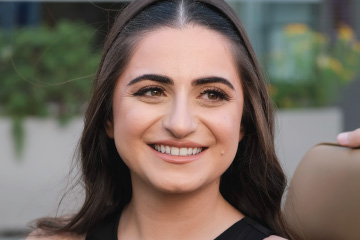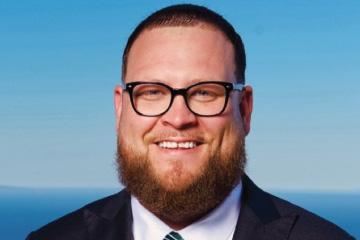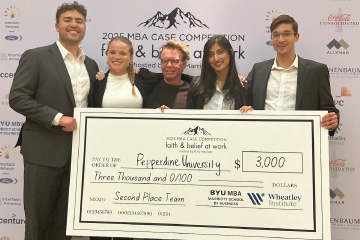Is a One-Year MBA Worth It? How to Maximize Your Investment
For aspiring business leaders, choosing an MBA program is one of the most strategic decisions of their careers. Among the many options available, one-year MBA programs have emerged as a fast-track pathway for professionals eager to accelerate their goals. But is a one-year MBA worth it?
Is an MS in Business Analytics Worth It? Benefits & Career Outcomes
In this guide, we’ll explore the value of earning an MS in Business Analytics from Pepperdine Graziadio Business School—including program benefits, career outcomes, salary potential, and long-term ROI.
What Can You Do With a Business Analytics Degree? Career Options & Salaries
What jobs can you get with a business analytics degree? A Master's in Business Analytics opens doors to a wide range of careers. Learn what is available here.
Leading with Purpose: How Pepperdine’s Online MSML Program is Transforming Careers
Discover how Pepperdine’s Online MS in Management and Leadership (MSML) program is empowering professionals to lead with purpose. Through a dynamic curriculum and a supportive network, MSML students and alumni are advancing their careers, launching new ventures, and growing as values-driven leaders. Hear firsthand how the MSML experience has transformed their journeys.
Describing Your Major Accomplishments: Examples & Statements
Major accomplishments are an important foundation for communicating what you have done, why you fit, and what you offer an organization.
Lessons in Leadership from Jeff Stibel: How a Pepperdine Classroom Visit Reshaped EMBA Student Korey Jones’ Approach to Innovation
Navy veteran turned entrepreneur Korey Jones credits Pepperdine’s Executive MBA program for equipping him with the strategic insights to scale his AI startup, Intview. A pivotal moment in his journey came during John Paglia’s class when LegalZoom CEO and tech investor Jeff Stibel, alongside COO and CFO Noel Watson, shared invaluable lessons on leadership, failure, and risk-taking—insights that continue to shape Korey’s approach to business.
Graziadio Full-Time MBA Student Danirose Hill Shines at BYU’s Faith at Work Case Competition
Pepperdine Graziadio Full-Time MBA student Danirose Hill and her teammates, guided by faculty lead Samuel Seaman, earned second place at Brigham Young University’s Faith at Work Case Competition. Organized by Diane Singel and Pepperdine's Career and Professional Development, the event challenged top business students to develop strategies for sustaining Employee Resource Groups (ERGs).
Business School Internships: Gaining Practical Experience
Business school internship programs enhance your professional profile. Learn about available internships & tips for securing valuable opportunities.








